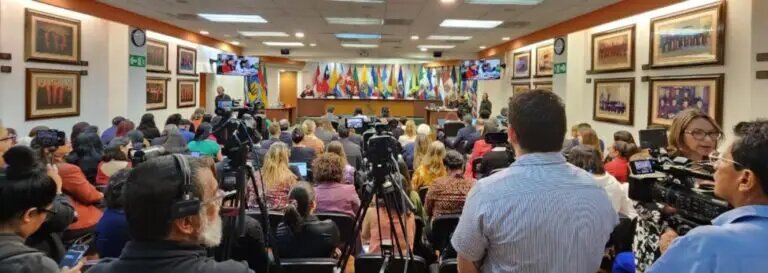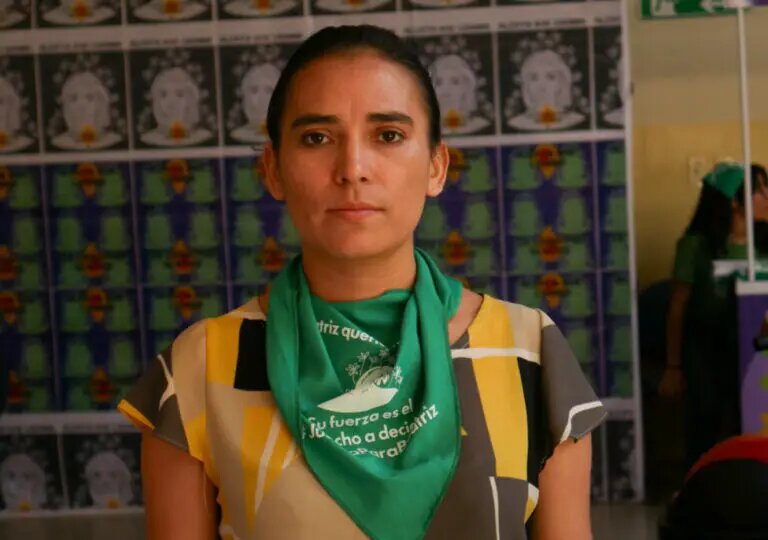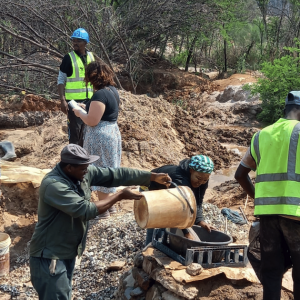ALBANY, N.Y., March 24, 2023 (GLOBE NEWSWIRE) — Curia, ein fhrendes Auftragsforschungs–, Entwicklungs– und Produktionsunternehmen, gab heute die Zusammenarbeit mit Corning Incorporated bekannt, durch die Continuous–Flow–Entwicklungs– und Produktionsprogramme fr die chemische und biopharmazeutische Industrie weltweit erweitert und beschleunigt werden sollen. Die Zusammenarbeit mit Cornings Advanced–Flow Reactor (AFR)–Team umfasst die erste Installation des G1–Produktionssystems von Corning, das fr die kontinuierliche industrielle Produktion von pharmazeutischen Wirkstoffen (active pharmaceutical ingredients, APIs) konzipiert ist.
Die kontinuierliche Flow–Chemie ist fr die Entwicklung und Herstellung von pharmazeutischen Zwischenprodukten und APIs von entscheidender Bedeutung und bietet Vorteile gegenber der herkmmlichen Batchverarbeitung. Es handelt sich um eine grundstzlich sicherere Technologie, die eine schnellere und robustere Materialproduktion mit einer hheren Selektivitt der gewnschten Produkte ermglicht.
"Innovation in der Arzneimittelentwicklung und –produktion erfordert Sicherheit bei hoher Geschwindigkeit", so Christopher Conway, President, Research & Development, Curia. "Die Implementierung des G1–Produktionsreaktors von Corning in unserem Werk in Albany erweitert unsere Fhigkeit, skalierbare Lsungen fr die komplexen Entwicklungs– und Produktionsanforderungen der pharmazeutischen Industrie anzubieten. Durch den Einsatz fortschrittlicher Technologie und standardisierter Arbeitsablufe bietet Curia weltweit kontinuierliche Flow–Chemie von der gezielten Entwicklung bis hin zum kommerziellen Mastab."
Der G1–Produktionsreaktor umfasst eine aktualisierte Reihe von Dosierlinien und Kontrollen, die einen kontinuierlichen Betrieb und die Einhaltung der cGMP–Standards ermglichen.
"Die Zusammenarbeit mit einem innovationsorientierten Unternehmen wie Curia wird dazu beitragen, den Fortschritt in der chemischen Verarbeitungsindustrie voranzutreiben", sagte Alessandra Vizza, Business Director, Corning Advanced–Flow Reactors. "Die Einfhrung des G1–Produktionssystems von Corning kann eine Reihe von Vorteilen bieten. Das System ist eine von Haus aus sicherere Technologie, die Curia dabei helfen wird, dank einer qualitativ hochwertigeren Verarbeitung von Chemikalien und Wirkstoffen, einer hheren Effizienz bei der Synthese von Chemikalien und Wirkstoffen und niedrigerer Produktionskosten die Produkteinfhrungszeiten zu verkrzen."
"Darber hinaus knnen die platzsparenden, energiesparenden und abfallreduzierenden Vorteile der AFR–Technologie von Corning den Kunden helfen, die Umweltauswirkungen ihrer Produktion zu reduzieren "" ein wichtiges Attribut, da dieser Bereich in den USA und weltweit immer mehr an Bedeutung gewinnt", so Vizza.
Das Fachwissen und das globale Netzwerk an Einrichtungen von Curia in Kombination mit Cornings kontinuierlicher Flow–Technologie knnen dazu beitragen, die Effizienz des Unternehmens zu steigern und letztlich das Leben der Patienten zu verbessern.
ber Curia
Curia ist ein fhrendes Auftragsforschungs–, Entwicklungs– und Produktionsunternehmen. Es bietet Pharma– und Biopharma–Kunden Produkte und Dienstleistungen von der Forschung und Entwicklung bis zur kommerziellen Herstellung. Die fast 4.000 Mitarbeiterinnen und Mitarbeiter von Curia an 29 Standorten in den USA, Europa und Asien untersttzen ihre Kunden dabei, von Kreativitt und Neugier zu Behandlungs– und Heilungsmglichkeiten zu gelangen. Mehr Informationen erhalten Sie unter CuriaGlobal.com.
ber Corning Incorporated
Corning (www.corning.com) ist einer der weltweit fhrenden Innovatoren in der Materialwissenschaft und kann auf eine 170–jhrige Erfolgsgeschichte mit lebensverndernden Erfindungen zurckblicken. Corning setzt sein unvergleichliches Fachwissen in den Wissenschaftsbereichen Glas, Keramik und optische Physik zusammen mit seinen umfassenden Fertigungs– und Konstruktionsfhigkeiten ein, um kategorieschaffende Produkte zu entwickeln, die Branchen transformieren und das Leben der Menschen verbessern. Der Erfolg von Corning beruht auf nachhaltigen Investitionen in Forschung und Entwicklung, einer einzigartigen Kombination aus Material– und Prozessinnovation und tiefen, vertrauensvollen Beziehungen zu Kunden, die in ihren Branchen weltweit fhrend sind. Cornings Fhigkeiten sind vielseitig und synergetisch, was es dem Unternehmen ermglicht, sich weiterzuentwickeln, um den sich ndernden Marktanforderungen gerecht zu werden, und gleichzeitig seinen Kunden zu helfen, neue Chancen in dynamischen Branchen zu nutzen. Zu den Mrkten von Corning gehren heute die Bereiche optische Kommunikation, mobile Unterhaltungselektronik, Displays, Automobil, Solar, Halbleiter und Biowissenschaften.
Curia–Kontaktinformationen:
Sue Zaranek
+1 518 512 2111
corporatecommunications@CuriaGlobal.com
Corning–Kontaktinformationen:
Sarah Pakyala
+1 607 974 4902
pakyalasi@corning.com

GLOBENEWSWIRE (Distribution ID 8795139)








